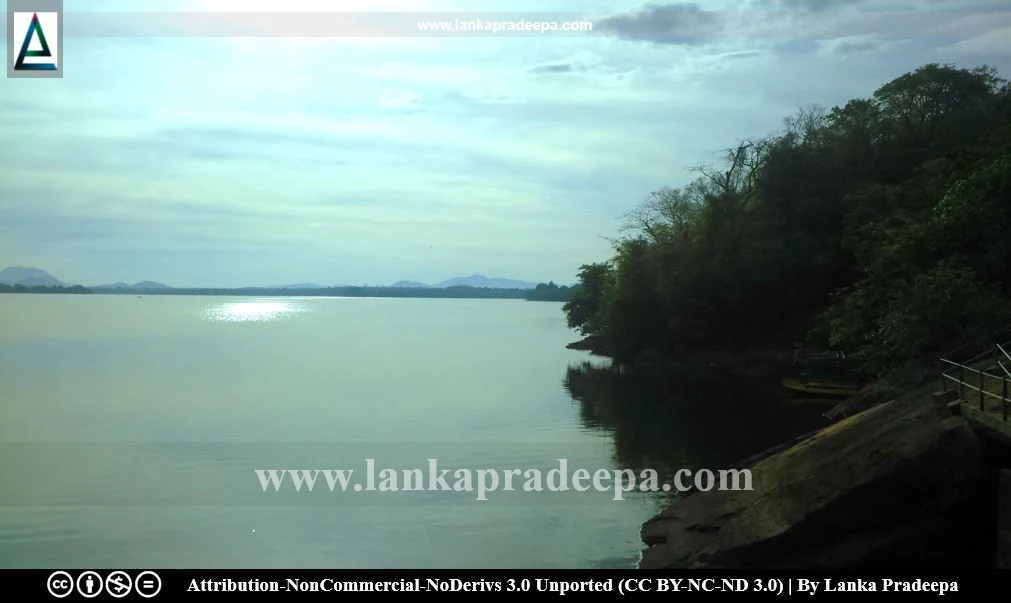
Sorabora Wewa (Sinhala: සොරබොර වැව) is a medium scale reservoir situated in Badulla District, Sri Lanka. It is managed by the Irrigation Department (Dematawewa et al., 2008).
History
The reservoir is believed to have been constructed during the reign of King Dutugemunu (161-137 B.C.) by a person named Bulatha (De Thabrew, 2013; Fernando, 1980). The area including the nearby Mahiyangana Viharaya was visited by King Udaya IV (946-954 A.D.), Vijayabahu I (1055-1110 A.D.), Parakramabahu I (1153-1186 A.D.), etc (Arumugam, 1969). The popular Badulla Pillar Inscription of King Udaya IV was discovered near this reservoir.
The reservoir was restored in 1876 (Arumugam, 1969).
The reservoir
The reservoir is located in the northern region of Badulla District which is relatively a dry area (Dematawewa et al., 2008). The surface area of the reservoir is about 461 ha. (at the FSL: Full Supply Level) and it extends over two
Divisional Secretariats, Mahiyanganaya, and Ridimaliyadda (Dematawewa et al., 2008). The reservoir is
mainly fed by Diyabana-oya and Mahaweli water from Minipe south channel and rainwater (Dematawewa et al., 2008). Two sluices and one spill bring the reservoir water to the irrigation lands. About 30 ft. long natural rock-cut way acts as the spill of the reservoir.
A protected site
The Sorabora Wewa with ancient sluice belonging to Soraborawewa village situated in Grama Niladhari Division, Wevgampaha in the Divisional Secretary’s Division, Mahiyangana is an archaeological protected monument, declared by a government gazette notification published on 24 March 2016.
References
1) Arumugam, S., 1969. Water resources of Ceylon: its utilisation and development. Water Resources Board. p.233.
2) Dematawewa, C.M.B., Wickremasinghe, E.S. and Edirisinghe, U., 2008. Some
effects of seasonal hydro-climatic factors on catchability of fish in
minor-perennial Sorabora reservoir, Sri Lanka. Sri Lanka Journal of
Animal Production, 8, pp.39-52.
3) De Thabrew, W. V., 2013. Monuments and Temples of Orthodox Buddhism in India and Sri Lanka. Author House. p. 68.
4) Fernando, A.D.N., 1980. Major ancient irrigation works of Sri Lanka. Journal of the Sri Lanka Branch of the Royal Asiatic Society, 22, pp.1-24.
5) The Gazette of the Democratic Socialist Republic of Sri Lanka. No: 1960. 24 March 2016. p.228.
Location Map
This page was last updated on 21 April 2022
For a complete tourist map follow this link: Lankapradeepa Tourist Map
For a complete tourist map follow this link: Lankapradeepa Tourist Map


